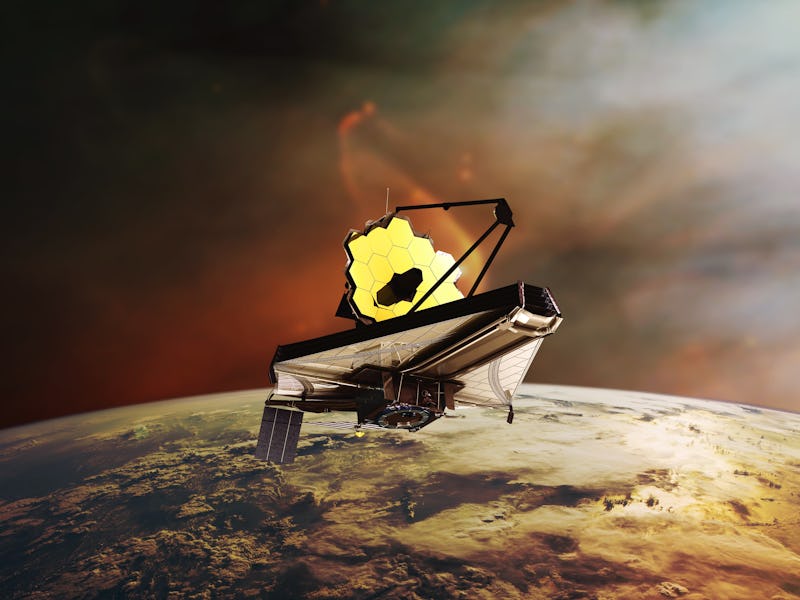How the Webb Telescope could confirm a huge exoplanet theory — and make a historic discovery
Red dwarf stars may be the key.

“Go then, there are other worlds than these.”
Or so Stephen King wrote in his famous Dark Tower series. As of yet, none of those worlds is known to be like Earth. But, according to some new simulations by researchers at the National Astronomical Observatory of Japan (NAOJ), finding a genuinely Earth-like world might be in the cards by the decade’s end.
Here’s the background — Searching for exoplanets has been dominated by what is commonly known as the “Goldilocks Zone.” In pop science, the Goldilocks Zone represents the distance a planet needs to be from its star to be “not too hot and not too cold,” as in the porridge from the classic English children’s story.
Some 5,000 exoplanet candidates have already been found in this zone. However, it is doubtful that any are true Earth analogs, as there is another crucial component of a planet being Earth-like that has nothing to do with its distance from its star. It must have just the right amount of water.
UT video discussing red dwarf planets
What’s new — Now, new research from Masahiro Ikoma and his students at NAOJ has simulated planetary formation around red dwarves and found that a small but noticeable percentage of these planets would likely contain water levels that would make them remarkably like Earth. In short, these exoplanets could potentially have beaches.
Admittedly, only a few percent of the planets that form in the Goldilocks zone around red dwarves would have this amount of water, at least according to the new models. But with the vast number of potential exoplanets to be found among these most common of stars, there are most likely going to be hundreds of them.
Even more exciting, if those estimations are correct, planet hunters such as TESS and the upcoming PLATO should be able to find some before the end of the decade. And once they’re discovered, the James Webb Space Telescope should be able to detect whether they have water in their atmospheres.
What’s next — All this amounts even more good news for the exoplanet community, who have been on a tear of late. And it could point to the imminent discovery of one of the most interesting scientific findings in human history. At this point, it might just be a matter of time — and good observational data, of course.
This article was originally published on Universe Today by Andy Tomaswick. Read the original article here.